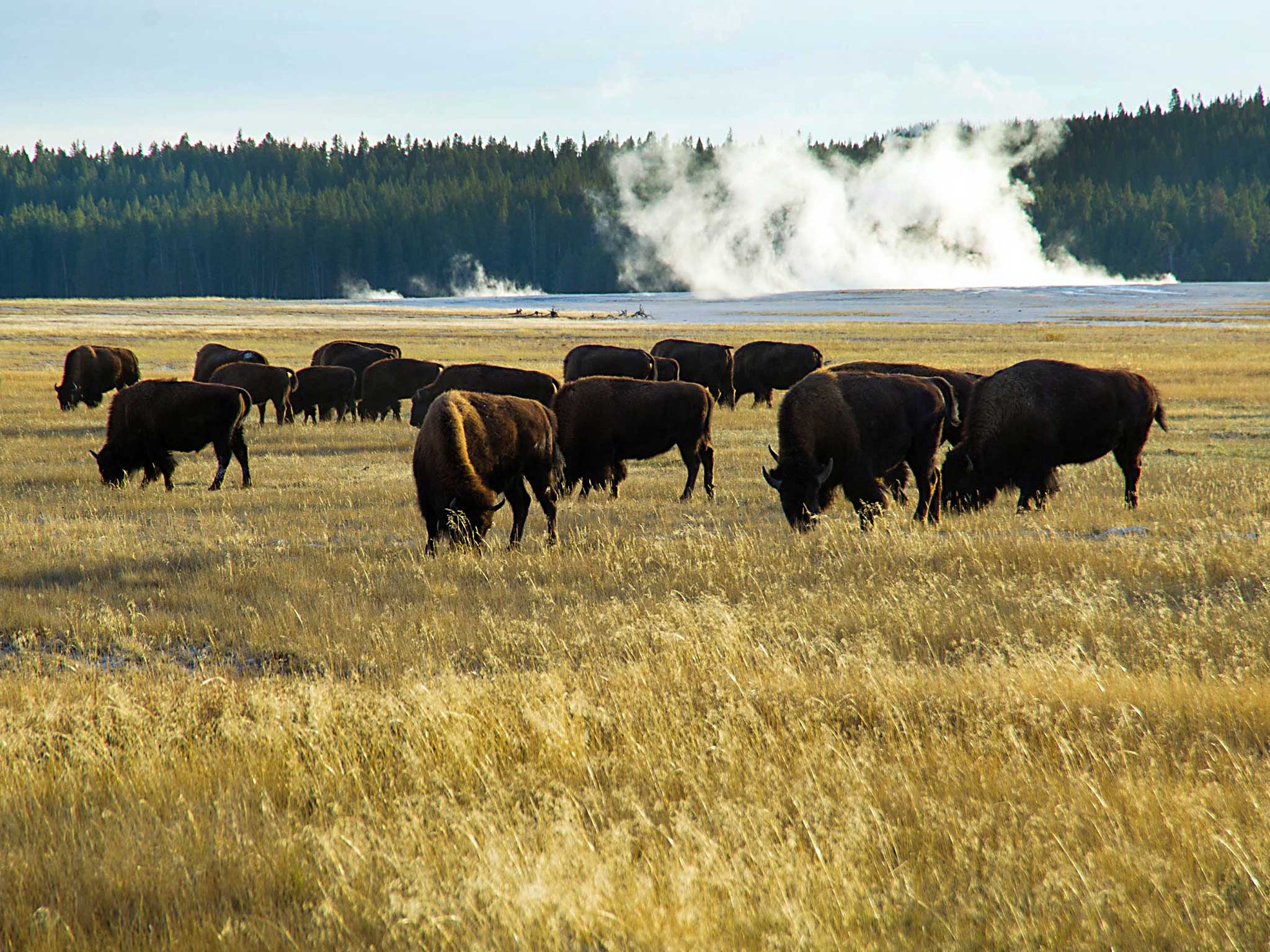Pulitzer-winning scientist warns wildlife face a 'biological holocaust'
A leading biologist has called for a radical conservation strategy in an attempt to prevent the 'mass extinction' of species

Your support helps us to tell the story
From reproductive rights to climate change to Big Tech, The Independent is on the ground when the story is developing. Whether it's investigating the financials of Elon Musk's pro-Trump PAC or producing our latest documentary, 'The A Word', which shines a light on the American women fighting for reproductive rights, we know how important it is to parse out the facts from the messaging.
At such a critical moment in US history, we need reporters on the ground. Your donation allows us to keep sending journalists to speak to both sides of the story.
The Independent is trusted by Americans across the entire political spectrum. And unlike many other quality news outlets, we choose not to lock Americans out of our reporting and analysis with paywalls. We believe quality journalism should be available to everyone, paid for by those who can afford it.
Your support makes all the difference.Half the planet should be set aside solely for the protection of wildlife to prevent the “mass extinction” of species, according to one of the world’s leading biologists.
The radical conservation strategy proposed by Dr E.O. Wilson, the hugely-influential 85-year old Harvard University scientist, would see humans essentially withdraw from half of the Earth.
Dr Wilson, a two-time Pulitzer Prize winner, warned that we are facing a “biological holocaust” as devastating as the extinction of the dinosaurs unless humans agree to share land more equally with the planet’s 10 million other species.
Outlining his audacious “Half Earth” theory, he said: “It’s been in my mind for years that people haven’t been thinking big enough – even conservationists.
“I see a chain of uninterrupted corridors forming, with twists and turns, some of them opening up to become wide enough to accommodate national biodiversity parks, a new kind of park that won’t let species vanish,” he told the journal of the Smithsonian Institution in Washington.
Dr Wilson, who is considered the world’s preeminent advocate of biodiversity, wants to create a series of “Long Landscape” wildlife chains to help species to respond to the effects of climate change by moving around.
These “corridors” running vertically down continents will let species move north as temperatures rise, for example, while those going horizontally will enable species to move east as rainfall declines in the west, Dr Wilson said.
He pointed to the Yellowstone-to-Yukon conservation initiative running 2,000 miles from Wyoming in the mid-west of the US to the Yukon territories in the north west of Canada as a good example of the kind of protected area he would like to see become extremely widespread. The area encompasses and protects an entire mountain eco-system, giving species 502,000 square miles of uninterrupted land to roam.
Scale is important because “islandisation” can have a disastrous impact on wildlife, according to Dr Wilson, whose theory of island biogeography is regarded as the authoritative explanation for why confined landscapes inevitably lose species.
Small areas can become islands, and without ‘bridges’ to connect them to similar habitats, species are more likely to become extinct. This is partly because wildlife need to draw from a broad gene pool to avoid the “genetic anomalies” that become more likely when breeding with relatives.
Furthermore, island populations are disproportionately vulnerable to disease, over hunting or catastrophic events like floods or fires and linking habitats together provides a life-line by helping the movement of species and their genes, scientists say.
Dr Wilson’s career has earned him huge credibility. But observers say he will have his work cut out translating his vision into anything approaching reality.
Even the hugely wealthy and sparsely populated US protects only four per cent of its land in the way Dr Wilson would like to see half of the entire world protected.
“Half earth is the goal but it’s how we get there, and whether we can come up with a system of wild landscapes we can hang on to,” says Dr Wilson. “Battles are where the fun is and where the most rapid advances are made,” he said.
Join our commenting forum
Join thought-provoking conversations, follow other Independent readers and see their replies
Comments